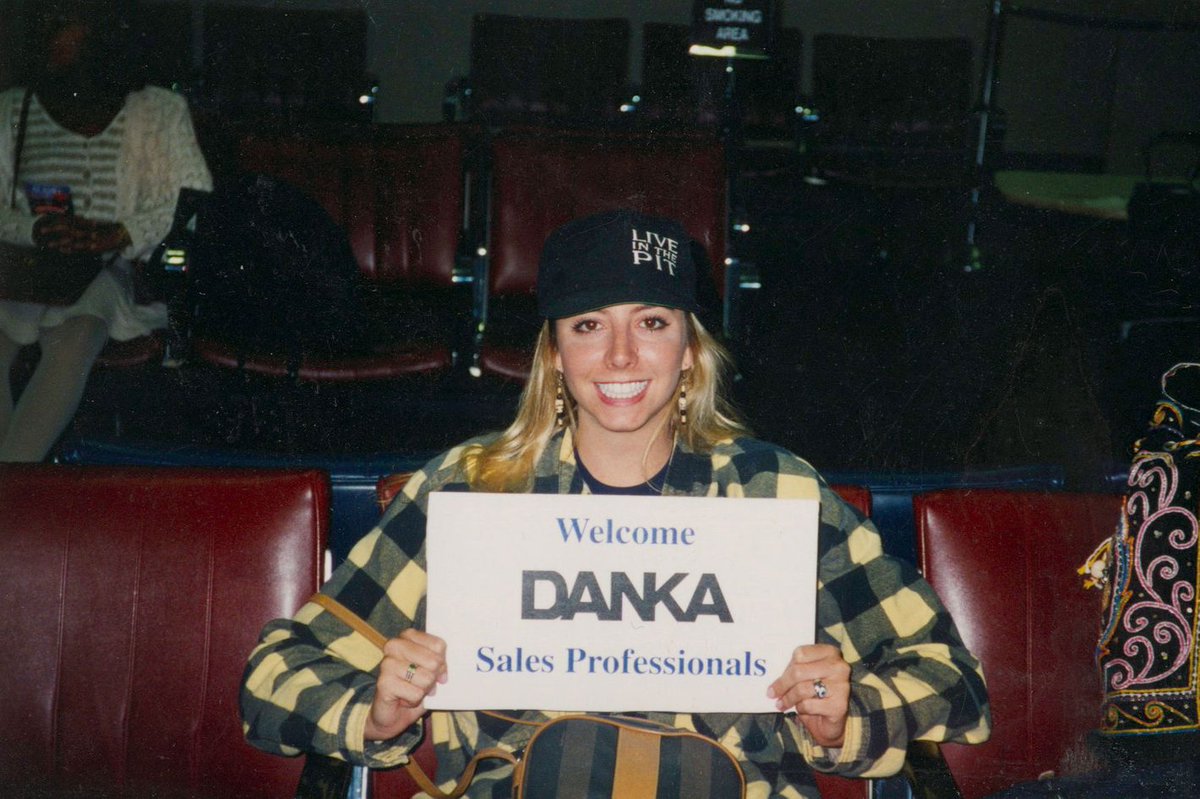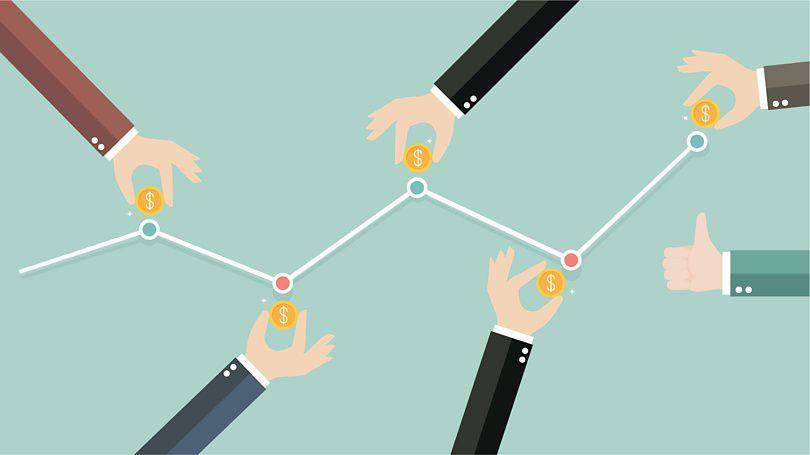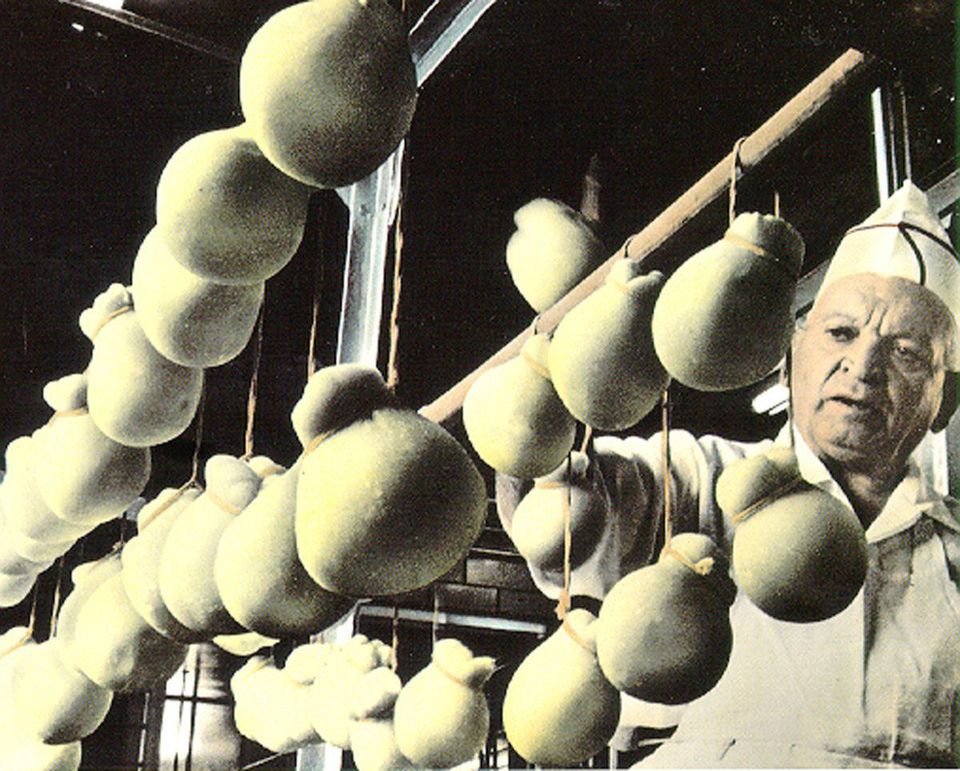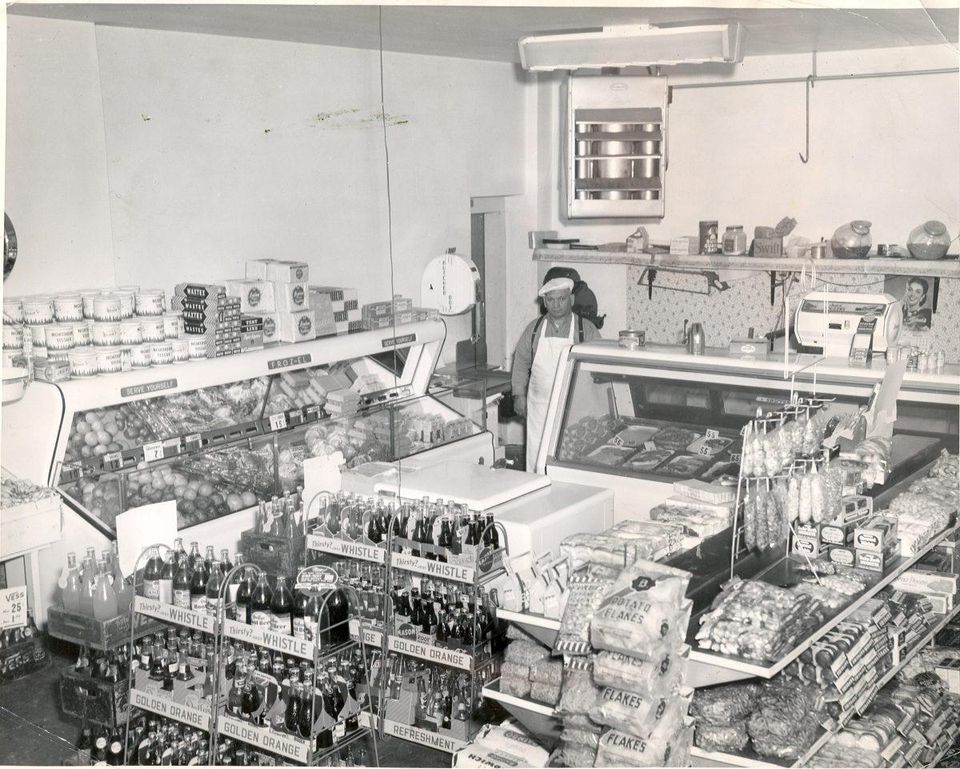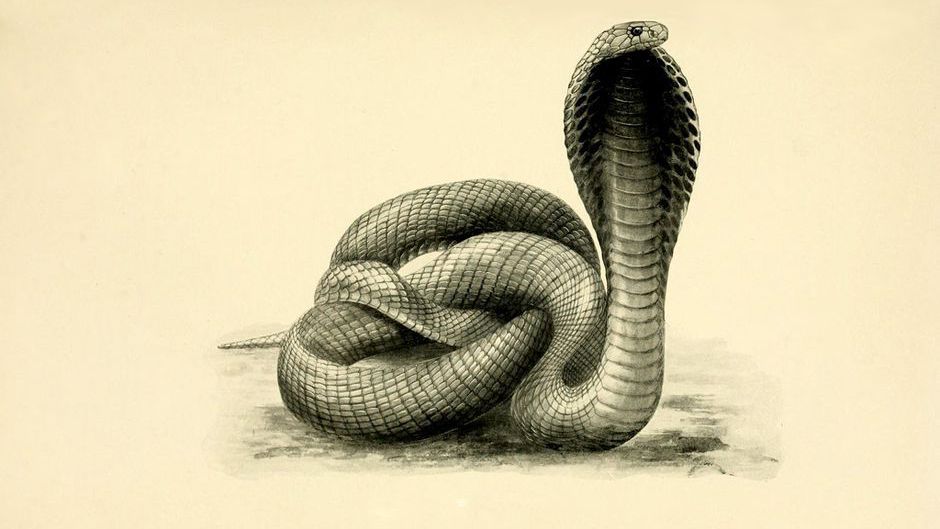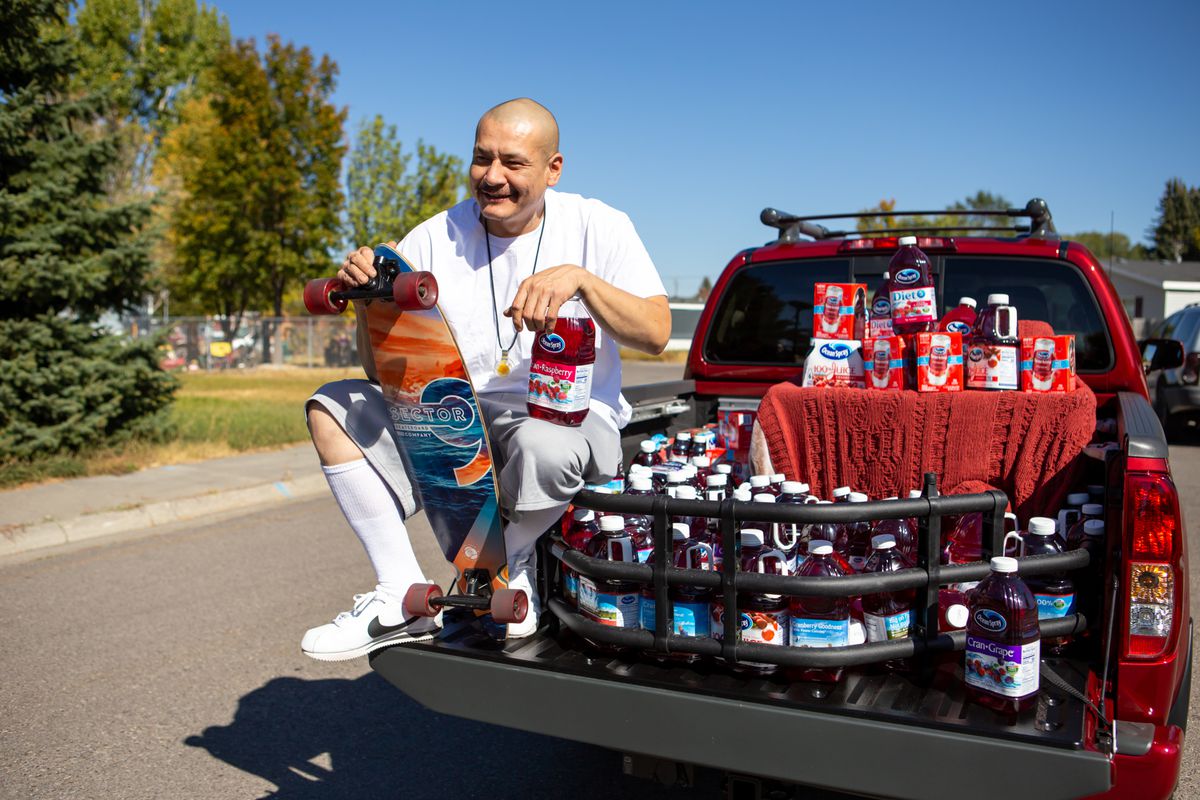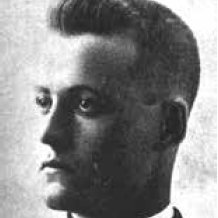
Noise Bottleneck 101
With the media in election frenzy, it has become increasingly difficult to find the signal amidst all the noise. We encounter a classic @nntaleb "noise bottleneck."
But what is a "noise bottleneck" and how does it work?
Here's Noise Bottleneck 101!
👇👇👇
With the media in election frenzy, it has become increasingly difficult to find the signal amidst all the noise. We encounter a classic @nntaleb "noise bottleneck."
But what is a "noise bottleneck" and how does it work?
Here's Noise Bottleneck 101!
👇👇👇

1/ First, a few definitions.
What do the terms "signal" and "noise" actually mean?
The "signal" is the meaningful, relevant information you are trying to detect and absorb.
The "noise" is the irrelevant information that interferes with our ability to detect the signal.
What do the terms "signal" and "noise" actually mean?
The "signal" is the meaningful, relevant information you are trying to detect and absorb.
The "noise" is the irrelevant information that interferes with our ability to detect the signal.
2/ In simple terms, "signal" is good, "noise" is bad.
With this in mind, the natural human inclination tends to be to consume more information. We believe that more information consumed equals more signal consumed.
But this logic is flawed.
Enter @nntaleb's noise bottleneck...
With this in mind, the natural human inclination tends to be to consume more information. We believe that more information consumed equals more signal consumed.
But this logic is flawed.
Enter @nntaleb's noise bottleneck...
3/ As a human being trying to survive in a dangerous world, your goal is not to simply consume more signal.
Your goal is to consume more signal AND less noise.
You want a very low noise-to-signal ratio.
This will optimize your decision-making and allow you to stay alive.
Your goal is to consume more signal AND less noise.
You want a very low noise-to-signal ratio.
This will optimize your decision-making and allow you to stay alive.
4/ But as @nntaleb points out, consuming more data with increasing frequency actually leads to a high noise-to-signal ratio.
This is a paradox.
More information may actually leave you worse off, less knowledgeable of your surroundings, and lead to poor decision-making.
This is a paradox.
More information may actually leave you worse off, less knowledgeable of your surroundings, and lead to poor decision-making.
5/ Let's illustrate this with a few simple examples.
Stock price charts.
If you analyze a monthly chart for $BTC, you might learn some useful info. Mostly signal, perhaps a touch of noise.
But look at the chart every minute and most of what you see is noise and randomness.
Stock price charts.
If you analyze a monthly chart for $BTC, you might learn some useful info. Mostly signal, perhaps a touch of noise.
But look at the chart every minute and most of what you see is noise and randomness.
6/ If you fail to realize that fact, your "learnings" from the minute chart may lead to poor decision-making (e.g. selling when nothing fundamental has changed).
You consumed more information, yet because the ratio of noise to signal increased, it led to a bad decision.
You consumed more information, yet because the ratio of noise to signal increased, it led to a bad decision.
7/ The news.
Have you ever noticed that people who constantly watch the news seem to know very little about the world?
This is a classic noise bottleneck at play. More information consumption has led to a high noise to signal ratio.
Their map is not the territory.
Have you ever noticed that people who constantly watch the news seem to know very little about the world?
This is a classic noise bottleneck at play. More information consumption has led to a high noise to signal ratio.
Their map is not the territory.
8/ We believe consuming more information leads to better decision-making, but the reverse can actually be true.
Now more than ever, beware the noise bottleneck.
Perhaps it is best to take @nntaleb's advice: "Ration the supply of information, as naturalistically as possible."
Now more than ever, beware the noise bottleneck.
Perhaps it is best to take @nntaleb's advice: "Ration the supply of information, as naturalistically as possible."
9/ Special thank you to @nntaleb, whose writing on this subject (and others) in Antifragile has been essential to managing my own information diet.
Check out Antifragile and all of his other works. They are foundational. amazon.com/gp/product/081…
Check out Antifragile and all of his other works. They are foundational. amazon.com/gp/product/081…
10/ In addition, a hat tip to @ShaneAParrish and the team at @farnamstreet, who wrote an excellent primer on the noise bottleneck, which you can find below.
I highly recommend checking out all of their work. It is superb! fs.blog/2012/05/noise-…
I highly recommend checking out all of their work. It is superb! fs.blog/2012/05/noise-…
11/ So that was Noise Bottleneck 101. I hope you found it useful.
And for more educational threads on business, money, finance, and economics, check out my meta-thread below!
And for more educational threads on business, money, finance, and economics, check out my meta-thread below!
https://twitter.com/SahilBloom/status/1284583099775324161
• • •
Missing some Tweet in this thread? You can try to
force a refresh


